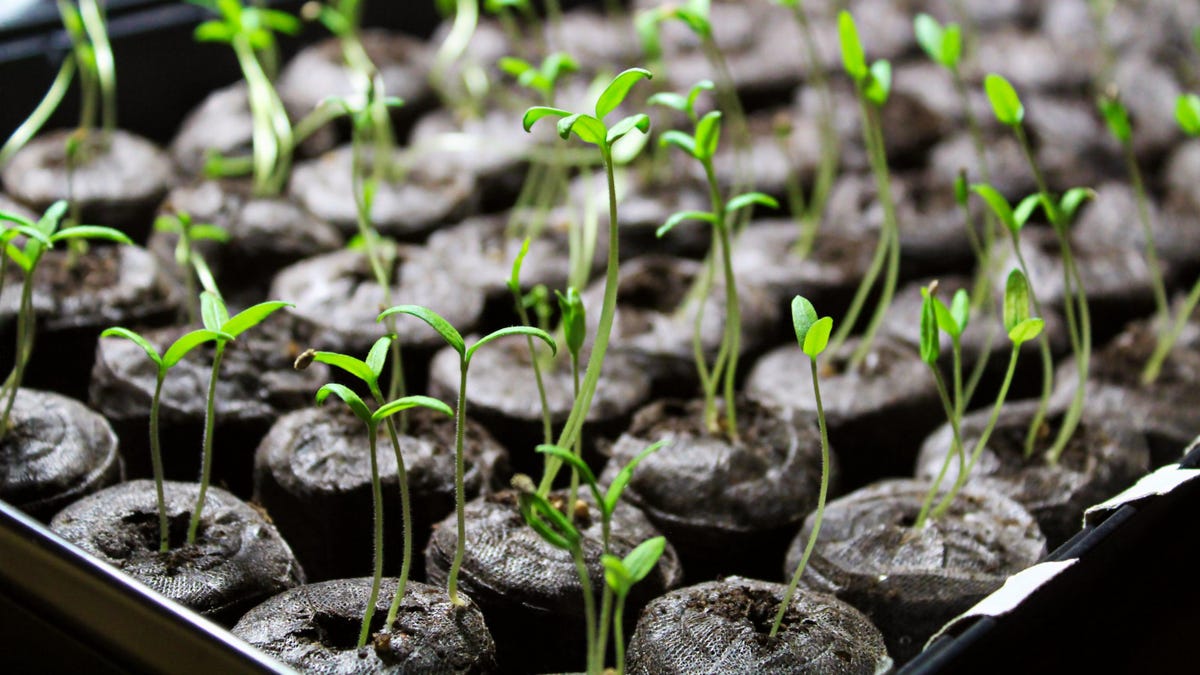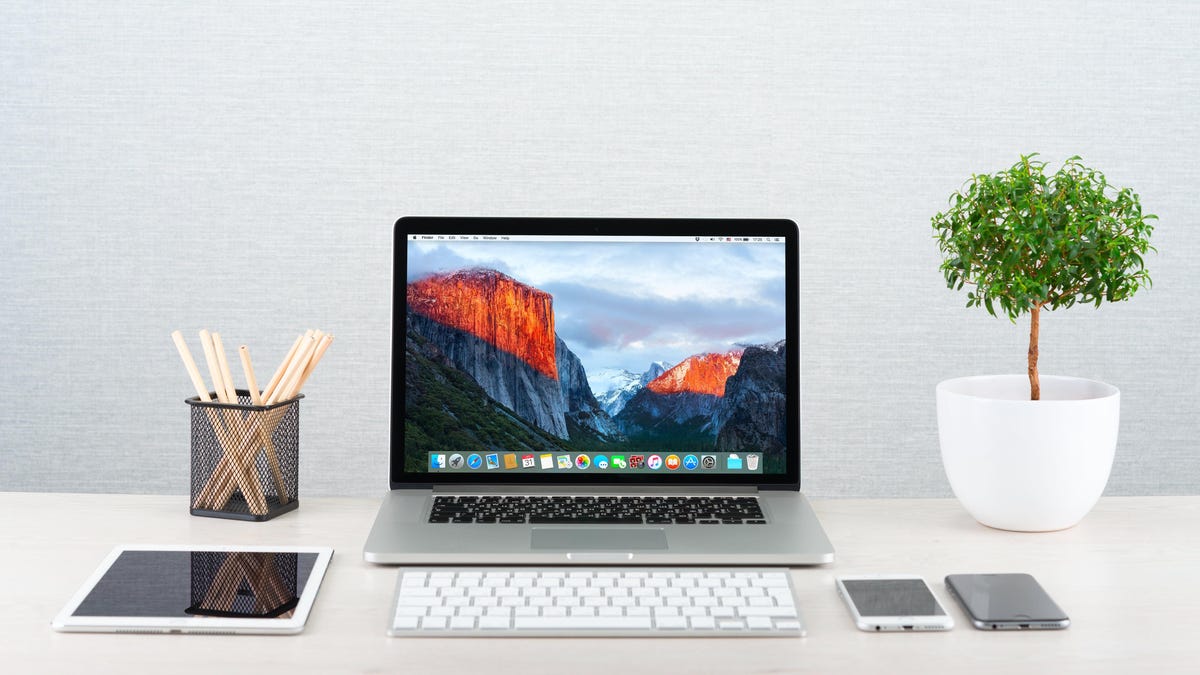How to Start Indoor Gardening This Winter
I love a garden-ripe tomato, but my gardening goals also include avoiding a run to the grocery store. I want to always be able to pull fresh herbs out of the garden, and I wouldn’t turn my nose up...

I love a garden-ripe tomato, but my gardening goals also include avoiding a run to the grocery store. I want to always be able to pull fresh herbs out of the garden, and I wouldn’t turn my nose up at a radish or eggplant. Some of those herbs and tender annual vegetables cannot survive the winter, unlike their hardier cousins. For that reason, I have the same urge every single October to start gardening inside. While most of us immediately think of hydroponics, it’s not the only solution. In any case, here are the considerations and systems you can use to get set up inside.
Keep it simple
If I could just have access to fresh dill, parsley, and cilantro all year round, I’d be the happiest girl. In a mild winter, these can sometimes survive, but it’s hit or miss. The thing I notice about these herbs is that when I grow starts in the spring, they grow large enough in their starter trays to be harvestable. It has led me to wonder about just using this method all winter long, and I suspect this is the year I try it.
You’ll need:
Seed-starting mediumSeed-starting traysA bottom tray for wateringPlastic domesSeedsFertilizerGrow lightsHeating matWhen you use seed trays like this one, the idea is that you water from the bottom, so the starts take in only the water they need. You have to refill the tray every few days, and occasionally add fertilizer, but that’s about it. This is really only ideal for those that already have a seed-starting set-up; you’re just going to use it for the winter. It would be an expensive set-up for just wintertime and some herbs, but if you’ve already provisioned the space, have all the equipment, then I say to go for it. This is only practical for herbs like chives, basil, dill, parsley, and cilantro. You can even up-pot them to three-inch pots and keep them bottom-watered.
Go with a preset hydroponic system
While I wouldn’t say I love the bigger hydro systems on the market (Lettuce Grow, Gardyn), I hear good things about smaller hydro systems like the Aerogarden. For a reasonable price ($50-200), you get all the materials needed to start your hydro journey. These systems are small enough to reasonably grow some herbs, and not much more, but that’s plenty. You can scale up to larger systems from there, but the cost for these bigger systems ($700-1400) just doesn’t seem worth it to me. Even under the best conditions, the yield doesn’t remotely amortize the costs, and the internet is littered with complaints over the customer service and systems constantly breaking. Instead, set the expectations small and be delighted. You can make it feel homier by skipping the purchase of starts from these companies and growing your own. Seeds tend to do well in these hydro systems, so you can just plant seeds.
Roll your own hydro system
A hydroponics setup is actually pretty basic. You have seeds growing in a medium, only the roots are watered by constantly flowing water with nutrients, and the seeds/plants are constantly exposed to light. You don’t need modern-looking towers; you can set up your own hydro in a large PVC pipe or a Rubbermaid tote. A pond pump is all that’s required to move the water, and you can add a wifi timer to it so it runs when you want it to—but leaving it plugged in all the time is fine, too. You make holes in the PVC or the tote so the plastic cups that hold the medium and seeds/starts are exposed to the water below. While getting enough light on your plants is the struggle of all indoor growers, the lights themselves are far more affordable than these systems would suggest.
What you’ll need:
PVC pipe RockwoolFertilizerPond pumpAdditional considerations
I have always said I don’t garden to save money; I grow $30 tomatoes. But when you move inside, there are some real considerations to be made. It’s not just the infrastructure you’re investing in: Powering lights and moving water all the time has a cost too, and it’s one that is making the hydroponic industry hard to sustain. It also means you can’t just take off for vacation without someone babysitting the plants. Hydro systems tend to get bugs easily, suffer from all kinds of nutrient issues, too. Like all gardening, it has its frustrations and failures.

 Hollif
Hollif 
































